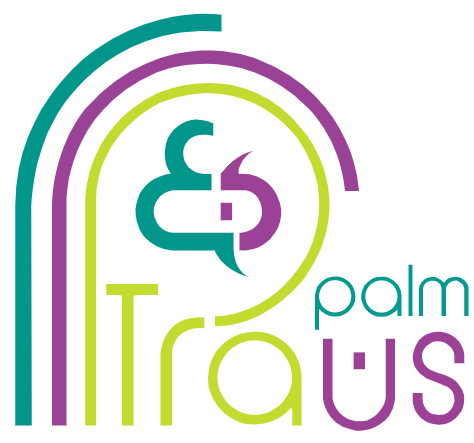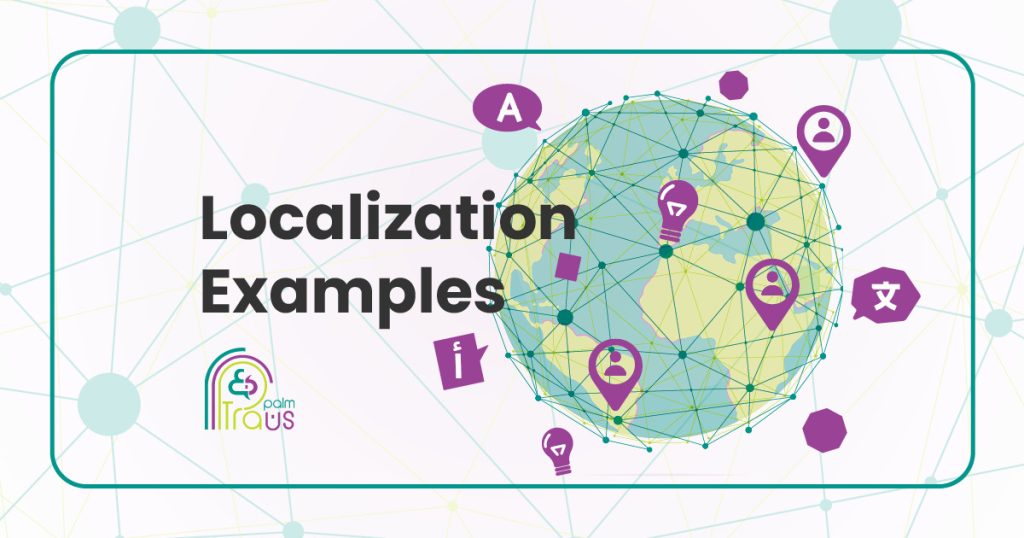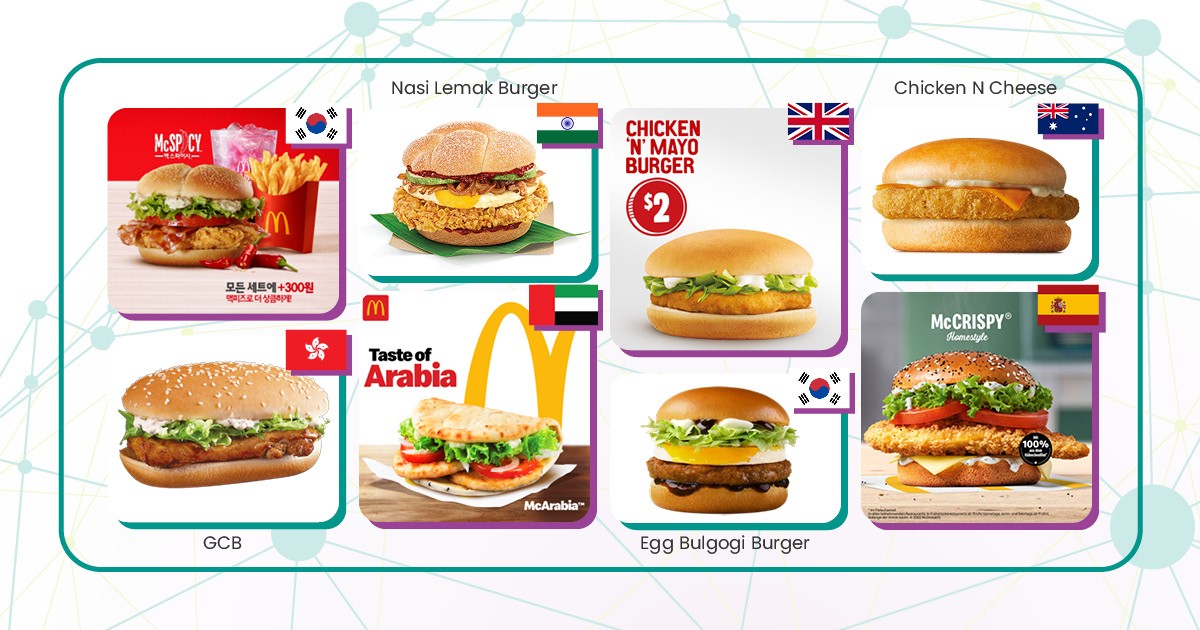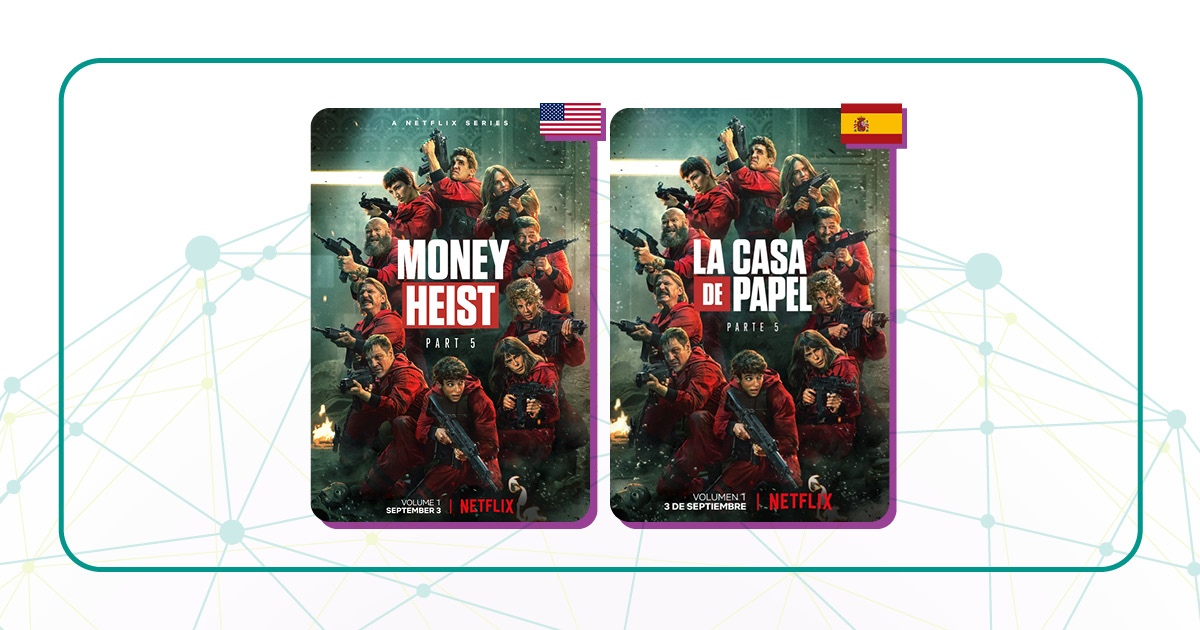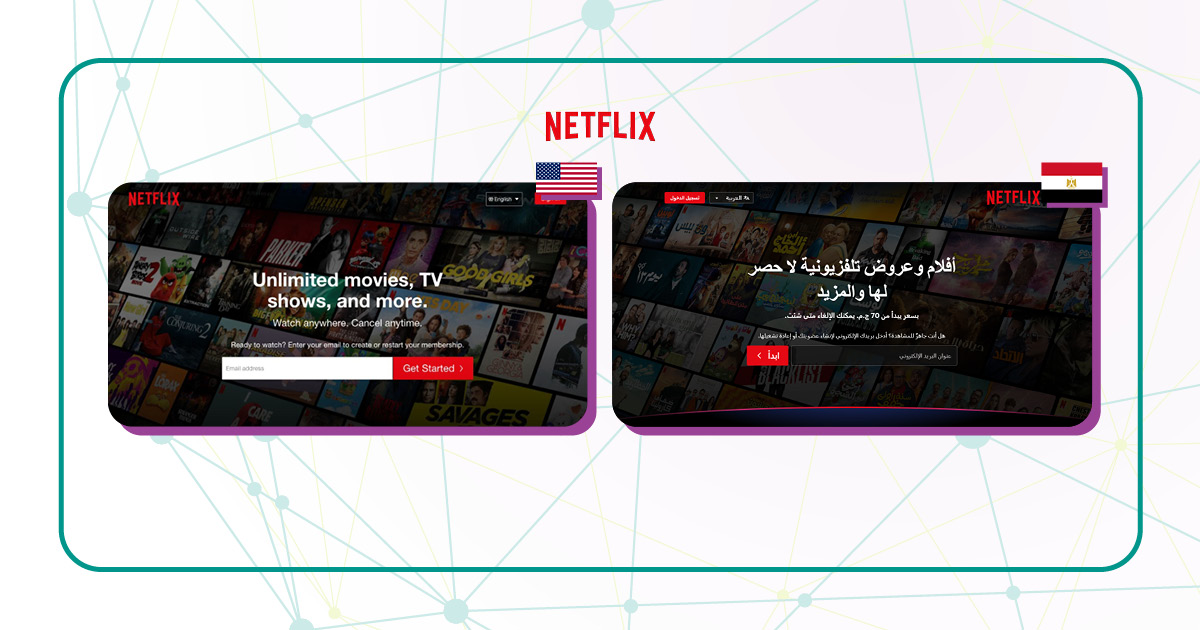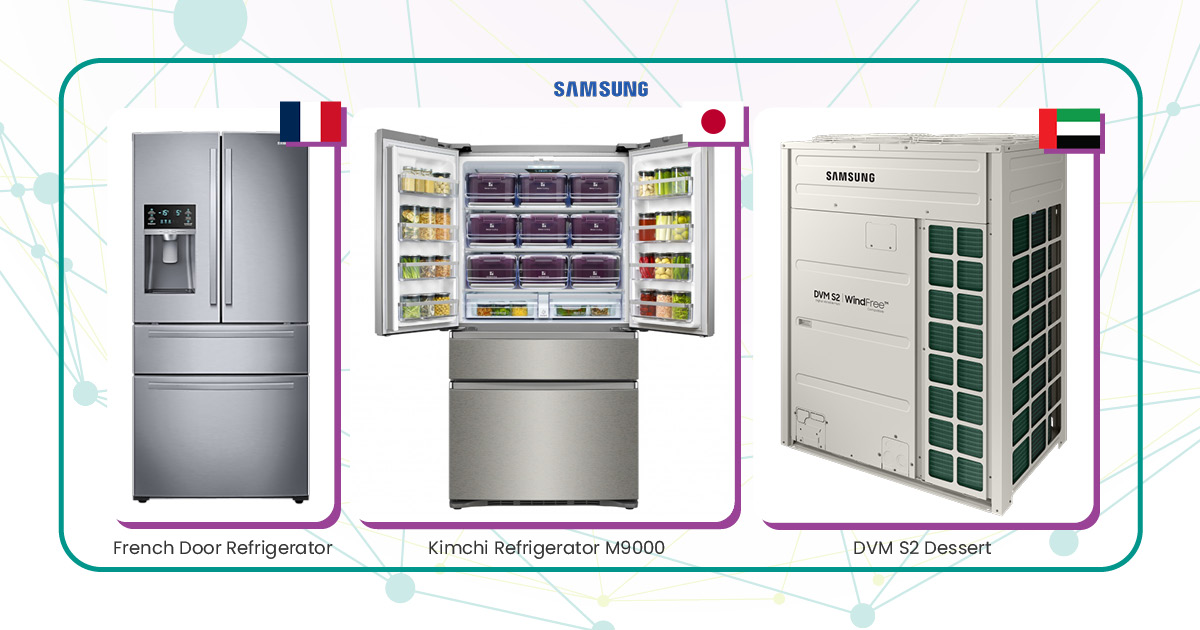Going global takes more than just translation. It’s about speaking directly to your audience’s heart, in their language, reflecting their culture, and meeting their unique needs.
And who better to learn from than the giants who’ve already mastered this art?
In this blog, we will analyze the winning localization strategies of Netflix, Samsung, and McDonald’s to see how they implemented localization practices to enhance their worldwide footprint.
Get ready for actionable insights and inspiring examples that will empower you to develop your own winning localization strategy.
Localization: Beyond Just Translating Text
Many mistakenly believe that localization is simply about translating words from one language to another. While language is certainly a key component, true localization delves much deeper. It’s about understanding the cultural nuances, values, and preferences of your target audience and tailoring your entire brand experience to resonate with them on a personal level.
Think of it this way: translation is like switching out the words in a song, while localization is composing an entirely new melody that speaks to the hearts of your listeners.
This approach helps companies build more real and meaningful connections with customers worldwide, building trust, boosting customer engagement, and in the end, driving the desired success in global markets.
Inspiring Success Stories: How Global Brands Leverage Localization for Growth
1-McDonalds
As the world’s largest fast-food chain, McDonald’s is no stranger to localization. Over the years of its operation, they have mastered the art of localization to successfully penetrate different markets and local cultures in more than 100 countries.
Localization efforts are evident in tailoring their menu items to suit the target audience’s local tastes and dietary preferences while keeping the brand’s main products or services.
- In India, for example, most Indians are vegetarians and do not include beef in their dietary habits due to a mix of cultural and religious reasons. Therefore, McDonald’s presented the McAloo Tikki Burger, a vegetarian alternative consisting of a blended patty of potatoes and peas spiced with Indian flavors.
- Similarly, Arab countries prevent serving pork in their menu items due to Islamic dietary restrictions. The global brand, in response, adjusted its products to include beef, lamb, or chicken to comply with religious restrictions and cultural preferences of the Arab world.
In addition to the local menu, they implemented several marketing campaigns that mirror market trends to draw consumers’ attention.
- For example, animation is one of the most well-known staples in Japanese culture, so McDonald’s released a series of animated advertisements that went viral online. With this clever localized marketing, the brand embraces this cultural reference, engaging customers in an appealing way.
2-Netflix
Netflix is best known for its impressive localization strategies. This streaming platform invests in local filmmakers and creative talents to produce localized content that is famous with audiences worldwide.
The Spanish heist crime drama television series, “La Casa De Papel” is an example of their localization efforts that created lots of buzz on social media at that time.
However, their translation and localization team does more than just tailor content for series and movies.
Netflix provides its target audience in local markets with a genuine native user experience by developing a website and application interfaces in its language and offering translated content through dubbing and subtitles in numerous languages.
3-Samsung
Samsung has a worldwide customer base. However, it does not adopt a one-size-fits-all philosophy.
In other words, the esteemed brand believes that each culture differs from the others, in both cultural and regional needs. For this reason, localizing products or services was a smart choice for Samsung to deliver the best possible user experience whether it’s local appetites, customs, or even preferences.
Here are multiple forms of how the brand successfully localized its products to reflect cultural nuances and meet specific market desires.
- With the growing demand for sparkling water in the US, Samsung launched the French Door Refrigerator, which dispenses carbonated water upon pressing a button.
- In 2014, the global refrigerator market leader released the Samsung Kimchi Refrigerator M9000 to maintain the crunch texture of cabbage and the healthy flavors for the traditional Korean Kimchi side dish.
- The Gulf region regularly witnesses scorching heat that could reach over 50 degrees Celsius every summer. For this reason, the global brand designed the Samsung DVM Dessert, air conditioner with specialty-developed compressors to deal with extreme climates.
Key Takeaways from Successful Localization Examples
Let’s summarize what we have learned from these excellent localization examples through the following findings:
1. Customer-Centric Approach
Localization must be closely aligned with your target audience’s needs, preferences, and cultural values. Who is your target audience? What exactly do they require from your content? A thorough localization strategy will consider the cultural differences that can influence how your target audience perceives and engages with your products or services.
2. Cultural Sensitivity and Adaptation
Understanding local cultures, attitudes, and tastes is critical for developing content that truly resonates with the audience. This approach goes beyond literal translation, ensuring that your message is not only understood but also valued in the context of the local culture and adapted to all your content, products, and services.
3. Strategic Planning and Execution
An effective localization strategy involves more than linguistic aspects; it also requires a thorough understanding of the target market. A comprehensive localization plan should be aligned with your entire company’s goals, considering market research, audience segmentation, and competitive analysis. Implementation of this approach confirms that your localization activities are consistent, targeted, and capable of driving business growth in various markets.
4. Leveraging Technology and Resources
Effective localization requires more than just good intentions – it demands the right tools and expertise. Fortunately, a wealth of resources can streamline your localization workflows and maximize your return on investment.
The use of advanced translation management systems (TMS) and computer-assisted translation (CAT) tools not only increases efficiency and consistency but also makes it easier to manage large-scale localization projects.
Or, you can invest in professional translation services and enjoy:
- Reduced Workload: Free up your internal teams to focus on core business activities while localization experts handle the complexities of multilingual content.
- Faster Time-to-Market: Experienced LSPs can accelerate your localization timelines, enabling you to reach global markets faster.
- Peace of Mind: Trust that your localization projects are in capable hands, ensuring high-quality results and a seamless customer experience.
5. Continuous Improvement and Adaptation
Localization is a continuous process that demands regular monitoring, feedback, and adjustments. Markets change, as do cultural preferences, language use, and consumer behavior. Therefore, you can assure long-term success in your target markets by regularly monitoring the performance of your localized content and making required changes.
Globalize Your Success with TransPalm’s Localization Services
TransPalm is your flexible localization partner in more than 120 languages. With over 10 years of experience, we offer professional translation, localization, transcription, desktop publishing, interpretation, machine translation, post-editing, subtitling, and worldwide SEO services.
Our team of translators specializes accurately in translating your marketing messages, without compromising linguistic nuances and cultural context.
Want to explore our professional localization services? Contact us NOW to obtain further information and get a free quote.
Discuss Your Project with Our Experts.
